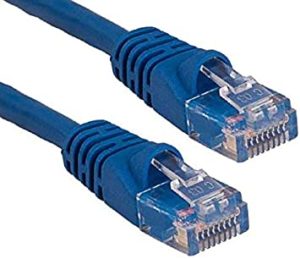CSMA/CD
Carrier Sense Multiple Access / Collision Detection (CSMA/CD)

Older Coaxial cables could only send data in one direction at a time (half duplex) so were prone to collisions.
CSMA is an early MAC Address based ethernet protocol to verify that no other node is transmitting before sending data along early coaxial and twisted pair networks (Half Duplex Networks). It was later modified to include collision detection(CD) to terminate the transmission if a collision is detected.
- The node senses to see if data is being transmitted.
- If no signal is detected it will send data.
- If it senses a signal it waits until the data has finished being sensed.
- If a collision is detected the node stops sending, sends out a jamming signal to notify that a collision has occurred. The node then waits a random amount of time to transmit again.

Modern twisted pair ethernet cables can send data in both directions at the same time(full-duplex) so are not as susceptible to collisions.
On modern twisted pair ethernet cable networks full-duplex communication is possible and so CMSA/CD is less of an issue.
CSMA/CA
Carrier Sense Multiple Access / Collision Avoidance (CSMA/CA)
This is the collision protocol used on wireless networks. Here a node listens for transmission before sending data.
When all the data has been received the data the receiving node sends an acknowledgement that the data has been received. If the sender doesn’t receive the acknowledgement the sender starts the process all over again.
Tutorial Video
RTS / CTS
Ready To Send / Clear To Send